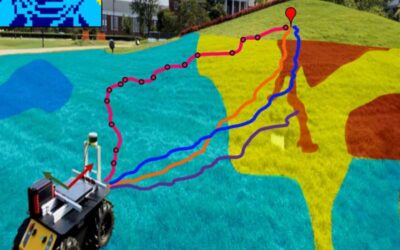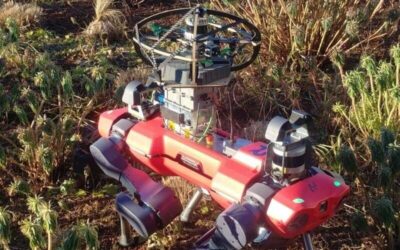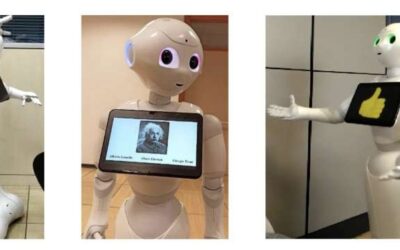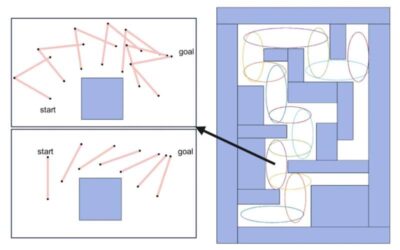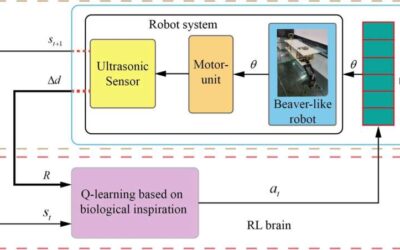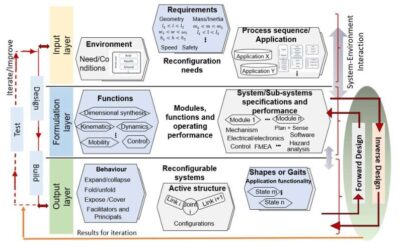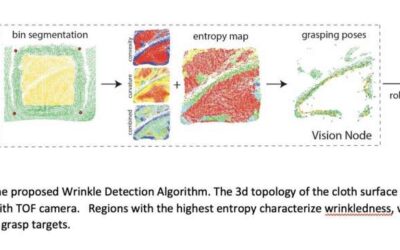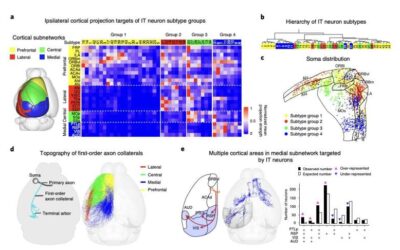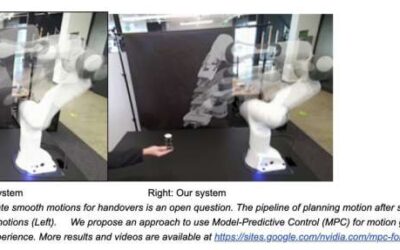Autonomous mobile robots are already being tested and used for such applications as the delivery of parcels, surveillance, search and rescue missions, planetary/space exploration, and the monitoring of the environment. For these robots to successfully complete their...
Robotics
A marsupial robotic system that combines a legged and an aerial robot
Roboticists worldwide have recently been developing a wide range of sophisticated robotic systems designed to operate and complete missions in different environments. Some of these systems were presented at conferences, events or competitions.
Study explores how older adults react while interacting with humanoid robots
Robots are gradually being introduced in a wide range of real-world settings, including malls, manufacturing facilities, and healthcare facilities. A way in which robots could be particularly useful is in assisting seniors in both their homes and elderly care...
A new approach for safer control of mobile robotic arms
Researchers at Shanghai Jiao Tong University, University of Oxford, and the Tencent Robotics X Lab have recently introduced a configuration-aware policy for safely controlling mobile robotic arms. This policy, introduced in a paper pre-published on arXiv, can help to...
A beaver-inspired method to guide the movements of a one-legged swimming robot
When developing new technologies, computer scientists and roboticists often draw inspiration from animals and other living organisms. This allows them to artificially replicate complex behaviors and locomotion patterns to enhance their systems' performance, efficiency...
A reconfigurable robotic system for cleaning and maintenance
Reconfigurable or "transformer" systems are robots or other systems that can adapt their state, configuration, or morphology to perform different tasks more effectively. In recent years, roboticists and computer scientists worldwide have developed new autonomous and...
A new robotic system for automated laundry
Researchers at University of Bologna and Electrolux have recently developed a new robotic system that could assist humans with one of their most common everyday chores, doing laundry. This system, introduced in a paper published in SpringerLink's Human-Friendly...
A new approach to reproduce human and animal movements in robots
In recent years, developers have created a wide range of sophisticated robots that can operate in specific environments in increasingly efficient ways. The body structure of many among these systems is inspired by nature, animals, and humans.
A model to improve robots’ ability to hand over objects to humans
For decades, researchers worldwide have been trying to develop robots that can efficiently assist humans and work alongside them as they tackle a variety of everyday tasks. To do this effectively, however, the robots should be able to interact naturally with humans,...
Visiting the Venice Biennale exhibition remotely with the iCub3 robot
Over the past few decades, technological advances have opened new and exciting possibilities for both remote tourism and the teleoperation of robotic systems. This allowed computer scientists to develop increasingly sophisticated systems that allow humans to virtually...

